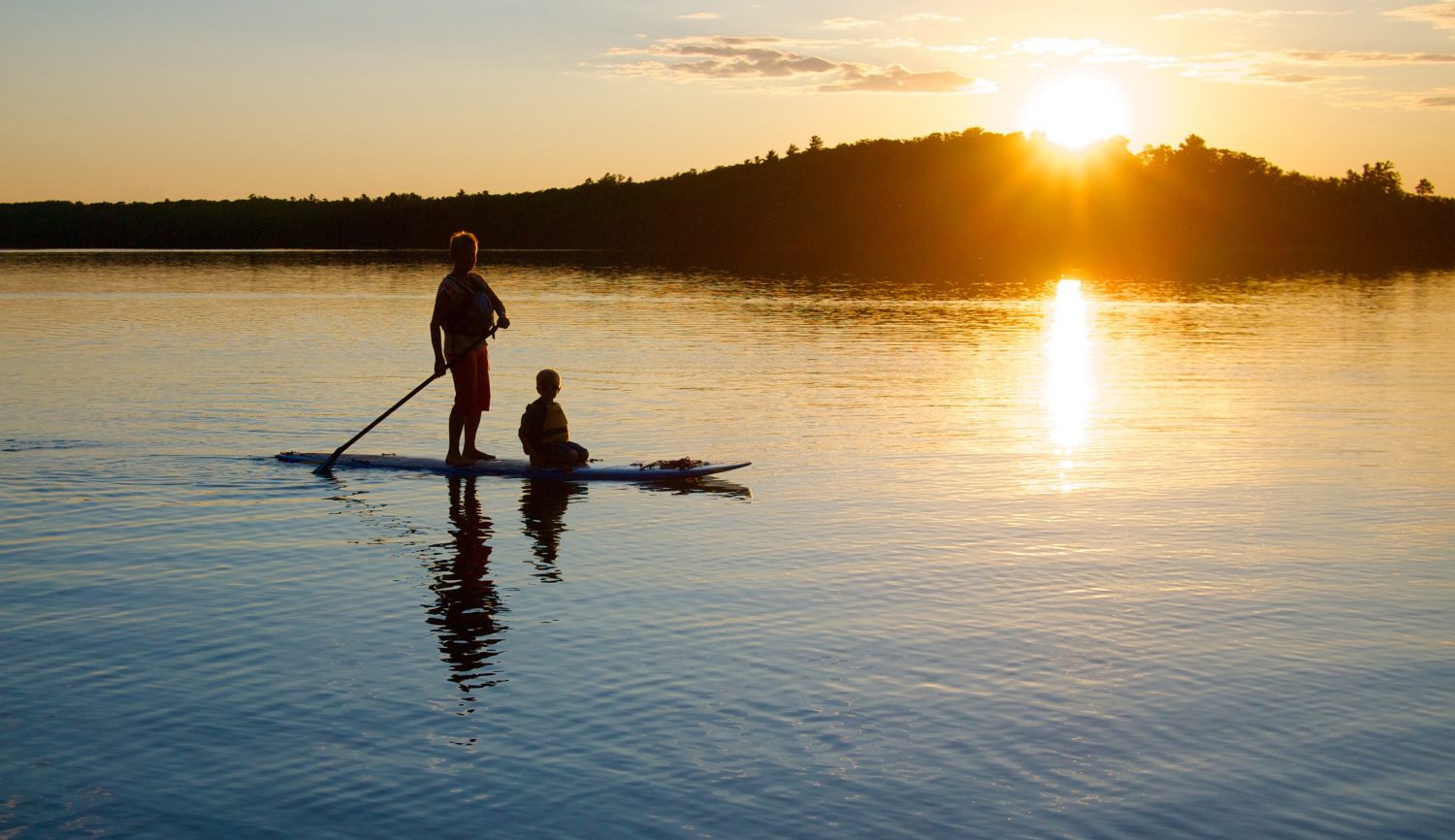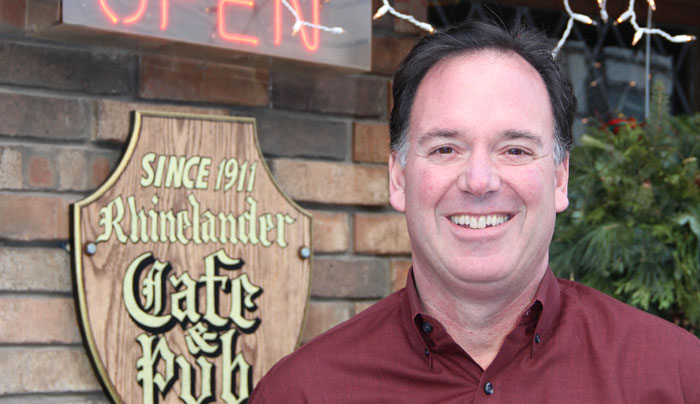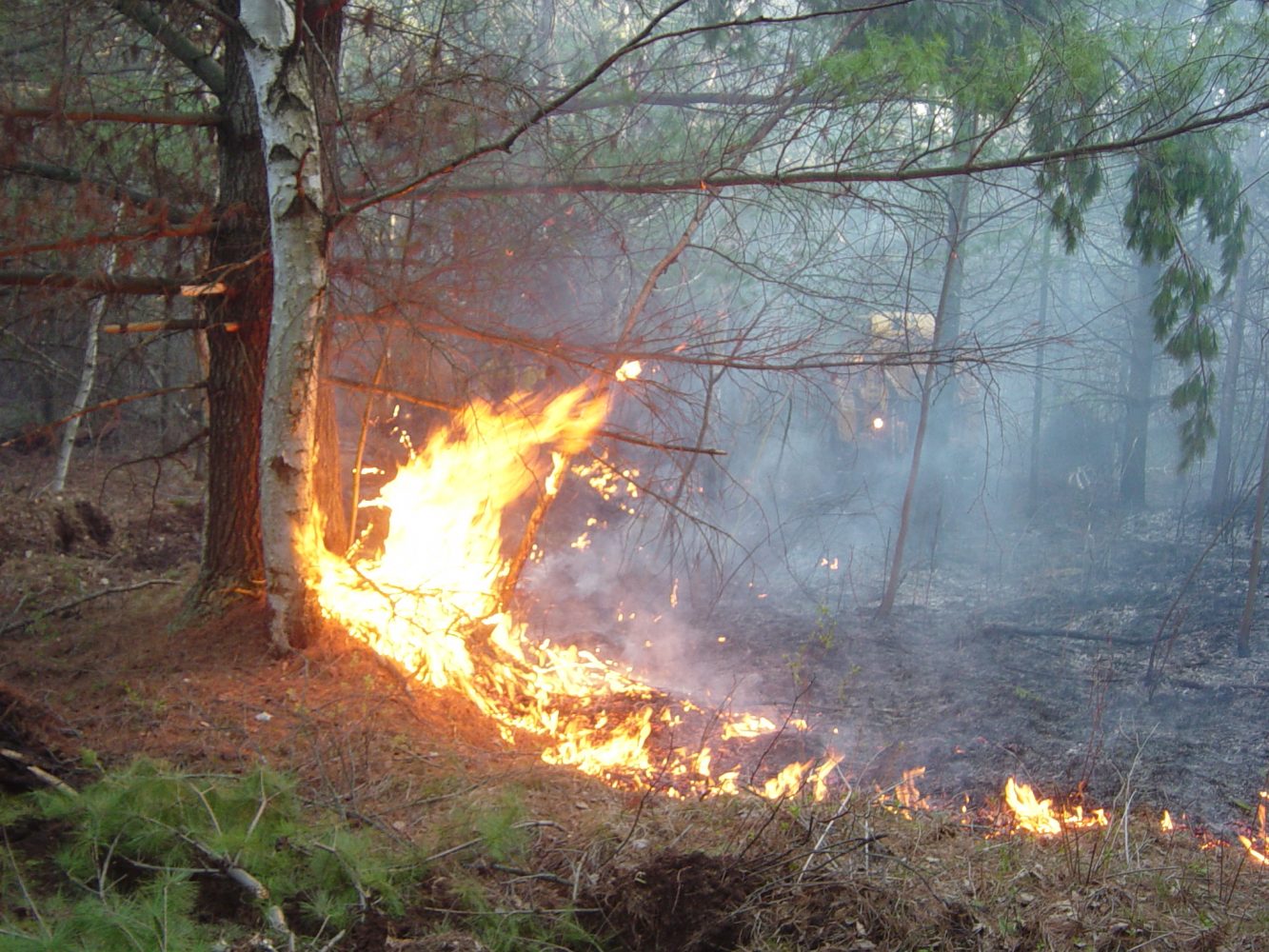Stand up paddle boarding gaining in popularity

From Living on the Lake magazine
By Laurie Lenten
What’s SUP?
It’s the question any novice looking to enter the world of stand up paddle boarding (SUP) should ask to get the ball rolling and that stand up paddle boarder, Sally Mode, is more than willing to answer, albeit with a chuckle, as she discusses the silent sport that has fast become one of her favorite pastimes.
“It’s one of the easiest silent sports there is to get started in,” says Sally, “with just three pieces of equipment needed – a paddle board, a paddle and a personal flotation device (PFD). What you decide to spend on those items is entirely up to you, but the startup cost generally ranges from $300 to $2,000. A lot of people will buy cheaper boards to start out, just to see if they are going to like it, but you can buy boards in all types of materials from molded plastics to inflatable ones and for a variety of purposes, all of which will dictate the cost.”
As the off-shoot cousin of surfing, paddle boarding, which originated in Hawaii, is now the fastest growing silent water sport in the United States. According to the Outdoor Recreation Participation Report 2013 published by the Outdoor Industry Association, paddle boarding in 2013 enjoyed the most first-time participants of any outdoor sporting activity in the country.
Sally says it’s not surprising to her that the sport is quickly catching across the country, especially in areas like the Northwoods where the lakes are plentiful and pristine. “It is such a quick and easy way to get out on the water,” she says, “and a major bonus of paddle boarding, which is enjoying an especially large spike of sales among women, is that, unlike kayaking and canoeing, the board is super light – maybe 25 pounds – which can easily be lifted with one hand, just like a surf board, and off you go.”
For Sally, though, the sport proved to be a godsend of sorts after she shattered her elbow seven years ago. “Paddle boarding got me back out on the water and helped me rehab my elbow. What I really like is that the board is so easy to load onto my car, which is often what keeps people from getting out. Just the thought of having to load the kayak or load the canoe at the end of a work day is enough to make you say forget about it.”
Not so with paddle boarding, says Sally. No special car rack is needed. Simply place the board upside down on its deck on the top of your car, use a couple of tie down straps and you’re off. “It is so very simple and so easy to lift onto the car,” says Sally. “I can have my board loaded and be out on the water in 10 to 15 minutes.”
Once out on the water, she says, the paddle board experience can be tailored to fit specific needs, desires or health goals. “A lot of people starting out prefer to kneel on their boards until they feel comfortable with standing up. Kneeling works just fine. In fact, it provides its own exercise benefits as you work on your balance, which helps strengthen your core,” Sally says. “I have a friend who just likes to lie on her board out on the water taking in the sun and sounds, which is great if that’s what you’re into.”
Once standing is achieved, however, paddle boarding offers a unique low-impact workout. “There are a couple of major benefits – one is physical and the other is mental,” says Sally. “Paddle boarding offers a wonderful cardio workout, improves your balance, which is really important as you age, and strengthens your core, but it’s also great for your mental health. It is a great stress reducer. I personally like to stalk the shoreline and from a standing position, it is amazing what you can see under the water. The side-to-side paddling motion is just so very relaxing.”
Sally says she also likes to use her board for camping. “I’ll load my board up with my camping gear and paddle into some remote camp site on an island, for instance. I can gain access to places I would never be able to kayak or canoe,” she says. She also admits to loading her dogs onto her board from time to time for a leisurely ride. “They absolutely love it,” she says, laughing.
For more fast-paced water action, Sally says river paddle boarding is quite popular among those who want to get on their board and just go fast. There are paddle boards made specifically for river racing, which are narrower and more streamlined in their design.
“All paddle boards have a fin that you attach on the bottom side, but on some boards you can attach additional fins for paddle board surfing, which is more suited for lakes Superior and Michigan than our local lakes.”
At the other end of the spectrum is paddle board yoga, which requires a wider, more stable board. “It is quite popular in large urban areas like Minneapolis where groups of people get together to do yoga on their boards on the water. I know it is offered somewhere here in the Northwoods, too, in Minocqua, I believe,” she says. “A lot of people like the social aspect of paddle boarding, meeting up with a group to paddle a river or do yoga.”
For those just toying with the idea of getting into paddle boarding, Sally recommends renting a board from any one of the many Northwoods sporting goods outlets and giving it a whirl. “If a sporting goods store sells paddle boards, they more than likely rent them, too. So rent a board and try it out. See if it’s something you might like to do,” she advises. “The sport is really quite versatile, depending on what you want to do, but just getting out on the water is the absolute best part of stand up paddle boarding.”
For more information on upcoming paddle boarding classes, check out the Nicolet College 2015 Outdoor Adventure Series at nicoletcollege.edu or call (715) 356-6753 or (800) 585-9304.
Laurie Lenten is a freelance writer who lives in Rhinelander. Her articles have also appeared in Northwoods ‘boomers and Beyond and Northwoods Commerce magazines.
Leave a reply
You must be logged in to post a comment.





